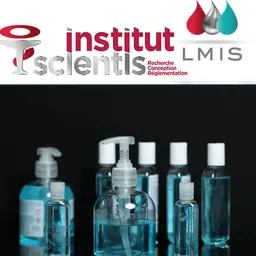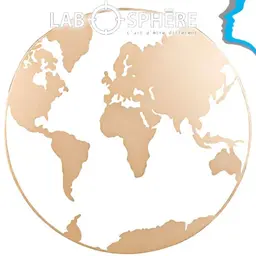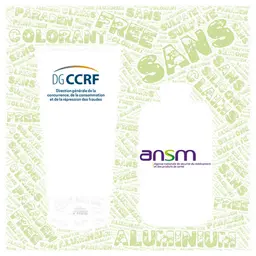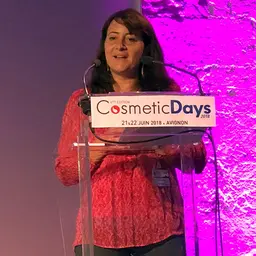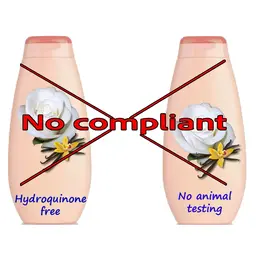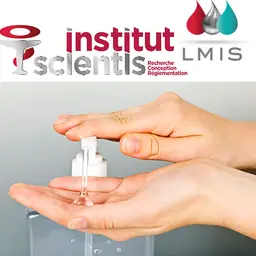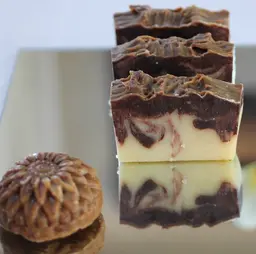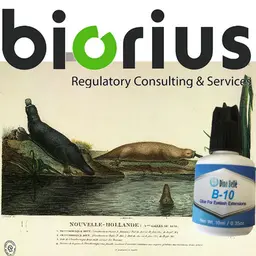
In such different fields as human health, animal health, phytosanitary care, or the environment, who has not heard about the microbiome, the microbiota, and even metagenomics? And for good reason! Many sectors are concerned, in particular the cosmetics, pharmaceutical, and chemical industries. But what about the claims associated with this concept? Corinne Benoliel, of Institut Scientis, gave us a few explanations.
These notions of microbiome and microbiota emerged a few years ago and are now much discussed in the cosmetics world, in relation to most varied claims, like that of skin flora preservation.
Every laboratory or CRO concerned about this issue now offers their own tests for studying the ‘microbiome’.
Research on the effect of a product (cosmetic products, medical devices, biocides, drugs) on the microbiome has become a topical phenomenon, not to say a ‘fashion’ phenomenon.
To better understand it, let’s start with definitions
When the term ‘microbiome’ is used, it involves ‘microorganisms’.
Microorganisms
Living beings invisible to the naked eye, ubiquitous, but not necessarily pathogenic (bacteria, yeast, mould, virus)
Resident (or commensal) flora
All microorganisms living in symbiosis, in particular with the body, to influence its metabolic functions and protect it from external aggressions
Transient flora
Microorganisms in the environment (air, water, surfaces, others) likely to trigger a disease in any new host
Opportunistic microorganisms
Microorganisms which are usually non-pathogenic (from the resident or transient flora), but which become so in weak subjects or when they end up in normally sterile areas
Human microbiome
All genomes in the microorganisms (bacteria, virus, fungus) associated with a human body
(MEDIA-54041 lg …



